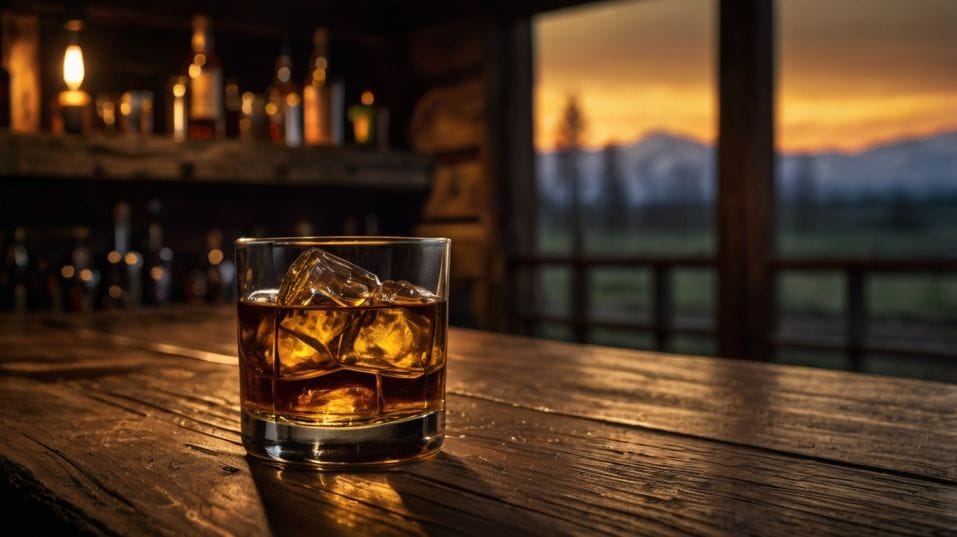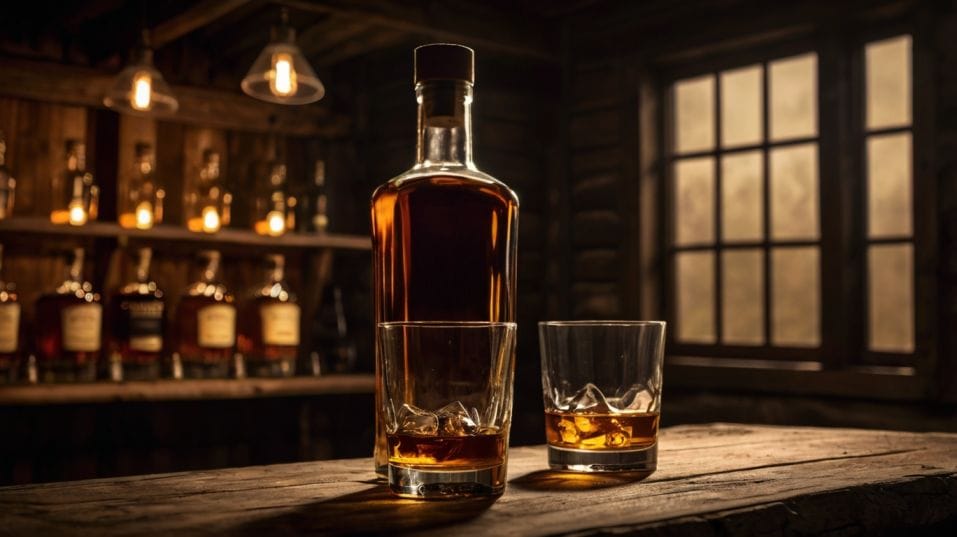How to Spot a Bad Whiskey — And Why It Tastes That Way
Learn how to spot bad whiskey fast—so you can drink smarter, skip the hype, and build a collection that actually tastes like it’s worth it.

Ever sipped a whiskey and wondered, Is it me—or is this just bad? You’re not alone.
Most whiskey newcomers assume every pricey pour should impress, but the truth is many bottles are all hype and no soul. Learning to spot the duds isn’t snobbery—it’s a shortcut to drinking smarter.
Once you know the signs of poorly made whiskey, you’ll trust your palate, dodge disappointments, and start building a collection that actually deserves the shelf space.
Bad Whiskey Isn’t Always Obvious
There’s a myth that bad whiskey will hit you like a punch in the mouth—too hot, too bitter, too weird. Sometimes that’s true.
But more often, a bad whiskey is just... dull. It doesn’t develop. It doesn’t invite you back. It drinks like flavored ethanol. No texture. No tension. No soul.
You might not know exactly why it tastes off. You just know it doesn’t move you. And that’s important.
Because good whiskey—whether it's peaty and strange or soft and sweet—always leaves an impression. It doesn’t vanish the moment you swallow.
The more you drink with intention, the more you’ll notice the same red flags cropping up: chemical sharpness on the nose, a flat mid-palate, an aftertaste that feels hollow or synthetic.
Once you’ve trained yourself to spot those warning signs, you’ll stop chasing bottles that were never built to be great in the first place.

The Nose Tells You More Than You Think
Smell is your first—and often best—tool for judging quality. Good whiskey offers something layered, even if it's subtle.
You’ll find a balance of sweetness, spice, grain, and wood. Maybe a whisper of fruit, or a savory edge. Even the strongest whiskeys invite you in, not push you away.
Bad whiskey tends to announce itself before you even sip. Harsh solvent notes—think nail polish remover, paint thinner, or burnt plastic—usually mean one of two things: poorly managed fermentation or overly aggressive distillation.
Neither is a good sign. These flaws don’t age out, and no amount of water or ice can clean them up.
So stick your nose in the glass and trust what it’s telling you. If it smells like something you wouldn’t put in your mouth, there’s no shame in dumping it out.
Where the Flavor Falls Apart
When you taste, look for structure. Good whiskey has a shape—it builds, crests, and fades in waves. You feel it shift across your palate.
There’s a beginning, a middle, and a finish. It doesn’t matter if it’s complex or simple. What matters is that it has integrity.
Bad whiskey collapses. It might hit hard up front with sugar or heat, then drop off into nothing. Or it might just taste thin, like watered-down spice and alcohol. Either way, it lacks the grip and carry of something well made.
Balance is another marker. A whiskey that’s cloyingly sweet without bitterness or texture was probably designed to appeal to everyone—and ends up meaning nothing.
The same goes for whiskey that’s dry and tannic without any lift or sweetness. That “burn” in the finish? It’s not proof of quality—it’s often just underaged spirit that hasn’t had time to mellow in the barrel.
Also, take a look at what sticks around after you swallow. A short, sharp exit can be fine. But if the only thing left is ethanol heat or artificial sweetness, you’re not drinking something with depth—you’re drinking a missed opportunity.
Behind the Curtain: Why Bad Whiskey Happens
Let’s be blunt—bad whiskey isn’t always an accident. Sometimes it’s the product of a rushed process built to cash in on rising demand.
Fermentation Failures
Fermentation is where it all begins.
If the mash isn’t clean, if the yeast isn’t healthy, or if shortcuts are taken, the resulting distillate will carry that chaos straight through to the bottle. No amount of barrel aging can hide bad fermentation.
Distillation Decisions
Then there’s distillation. The more it’s stripped down for efficiency, the less character it retains.
High-proof distillation might create a cleaner spirit, but it often erases the grain’s identity. The result? A whiskey that tastes sanitized and sterile—technically drinkable but emotionally empty.
The Barrel Problem
Maturation matters, too. A lot. Good whiskey needs good wood, and time to rest. But with demand surging, many producers bottle young spirit way too early or rely on tired casks that can’t contribute anything meaningful.
Worse, some will mask immaturity with caramel coloring or flavoring agents, giving the illusion of richness without the flavor to back it up.
When Blending Goes Wrong
Blending can either save or sink the final product. A talented blender can turn a lineup of decent casks into something remarkable.
A lazy one can throw together a mess of mismatched barrels and hope the packaging sells it. If a whiskey tastes disjointed or like it was built to impress in the first five seconds, it probably was.
How to Train Your Taste—Without Overthinking It
There’s no secret technique here. You don’t need a sommelier’s vocabulary or a $300 bottle to taste smarter. You just need to slow down and pay attention.
Start with your senses. Smell longer than you think you need to. Let the whiskey open in the glass. Add a few drops of water and see what changes. Good whiskey transforms with air and time. Bad whiskey stays flat—or gets worse.
Then, taste in stages. Let it roll over your tongue. Notice the texture. Does it feel thin or oily? Does the flavor evolve or stall? Most importantly, ask: Do I want another sip?
Keep a tasting notebook if you want—but don’t write like you’re submitting it to a whiskey magazine. Use your own words. “Smells like cherry cola and dry leaves.”
“Finish tastes like burnt toast and cinnamon gum.” Over time, you’ll build your own sensory map—and you’ll start to notice what shows up again and again in the whiskeys you like and dislike.
This process sharpens your preferences. It also helps you avoid relying too much on hype or reviews. Once you trust your palate, you stop chasing bottles that look good on a shelf but disappoint in the glass.
Final Thoughts
Most bad whiskey isn’t offensive. It’s forgettable. And that’s what makes it dangerous. It eats up your time and budget without giving anything back.
You’re not here for that. You’re here to taste something that matters—something made with intention, with flavor that tells a story and lingers for the right reasons.
So tonight, pour something you've never tried. Don’t rush it. Smell it like it has something to teach you. Taste it twice.
Ask yourself not “Is this good?” but “Is this interesting?” That’s how you start building a collection—and a palate—that's truly your own.
You don’t need to be an expert to drink like one. You just need to pay attention. Start now.




